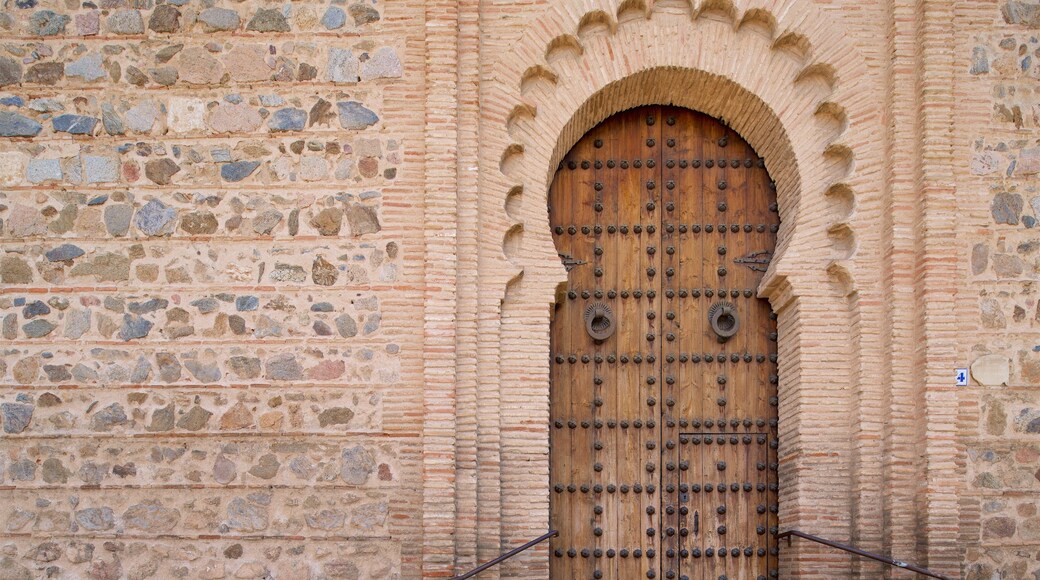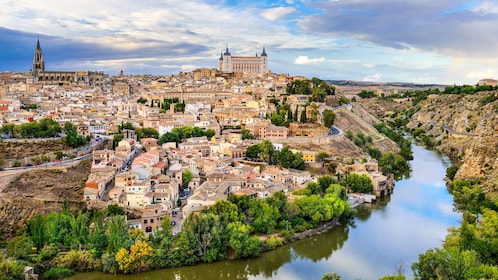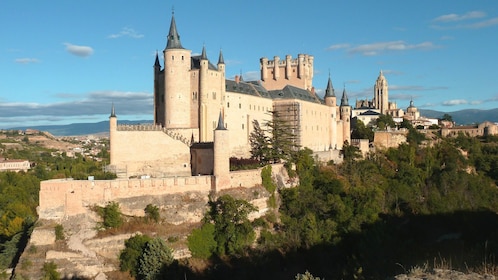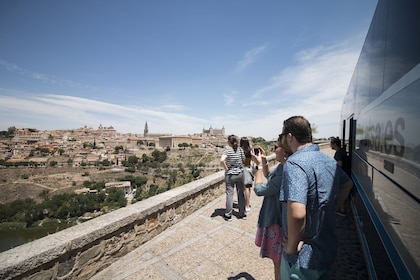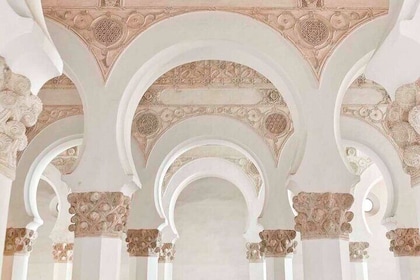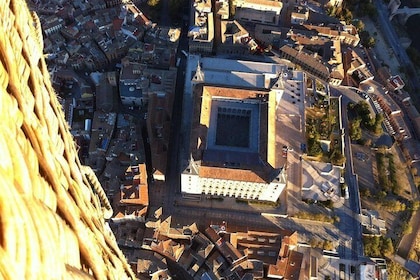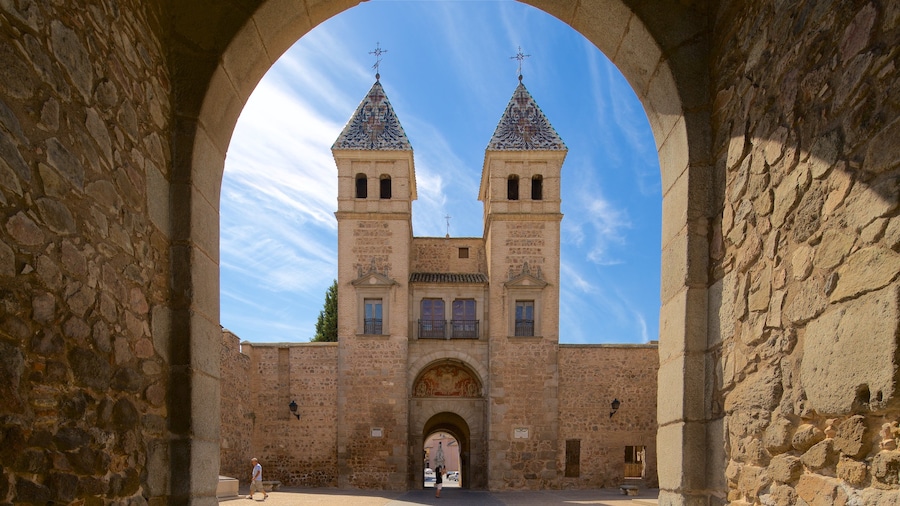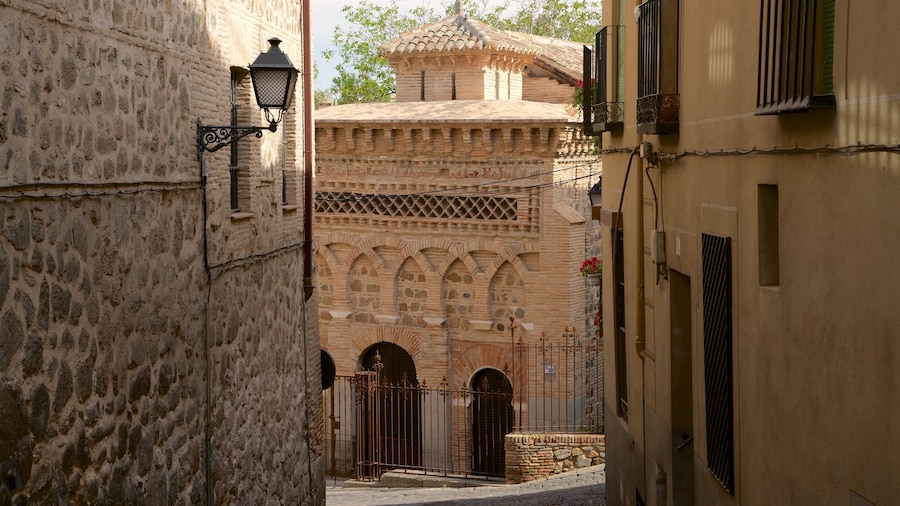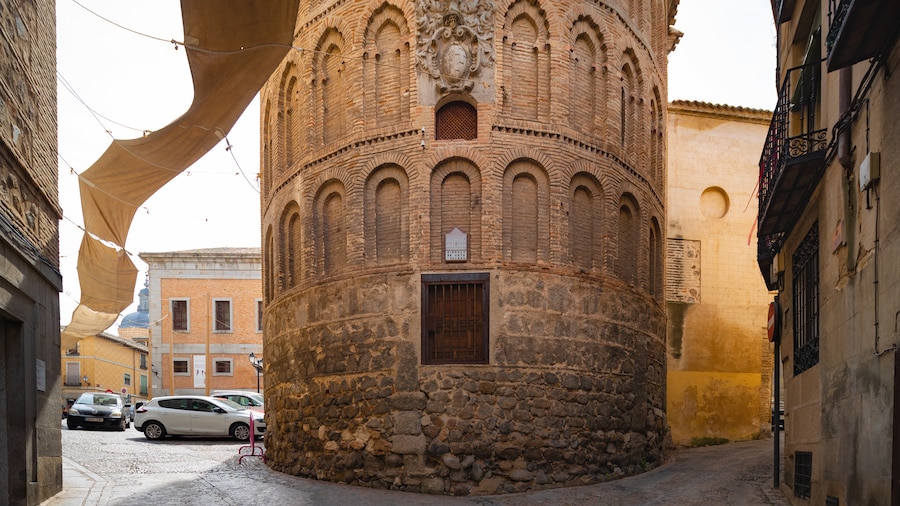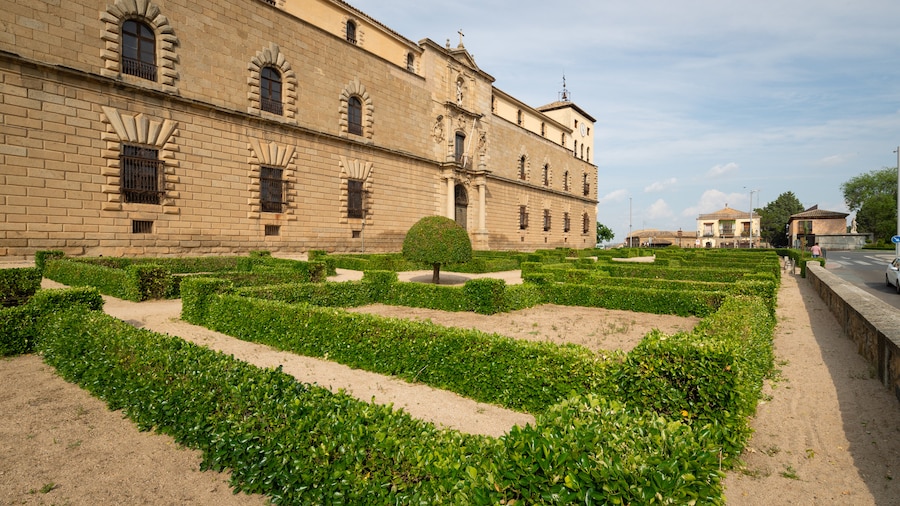Marvel at the distinctive Moorish remnants visible in this 13th-century church, which is said to be one of the finest examples of Mudéjar architecture in Toledo.
Having undergone extensive restoration in the latter half of the 20th century, the Church of Santiago del Arrabal is now widely considered to be one of the best-preserved and most eye-catching Mudéjar temples in Toledo. Admire the curved stone exterior and venture inside to inspect the 14th-century plasterwork pulpit and the elaborate altarpiece.
The church was originally built in the mid 13th century on the site of an older mosque, which is believed to have stood here since the early 12th century. Look for the church’s current bell tower. This would originally have served as a minaret of the mosque, but was later incorporated into the Mudéjar church. In 1405, Dominican friar San Vicente Ferrer is said to have preached from the pulpit here, riling up his followers and persuading them to transform what was then a synagogue to a Christian church now known as Santa María la Blanca.
Admire the expert masonry visible in its carefully constructed walls, which are decorated with typical Mudéjar architectural features. The church has three striking round apses, complete with brick arches.
Head inside in search of evidence of the church’s Islamic heritage. Look for Arabic inscriptions on the church’s roof. The small boxes on the rose windows of the north wall of the transept also bear Arabic influences they are decorated with the Hamsa, an Islamic symbol featuring an eye in the middle of a hand. Gothic elements, including pointed arches in the nave, are also visible.
Don’t leave without examining the magnificent screen at the back of the altar in the central apse. This richly ornamented feature, often described as being Plateresque because of its resemblance to a silversmith’s intricate work, dates back to the 16th century. Look closely and you’ll see that this screen depicts the story of Christ and Santiago.
The Church of Santiago del Arrabal is still a functioning church so be sure to show respect to any worshippers you may encounter. Admission is free.

